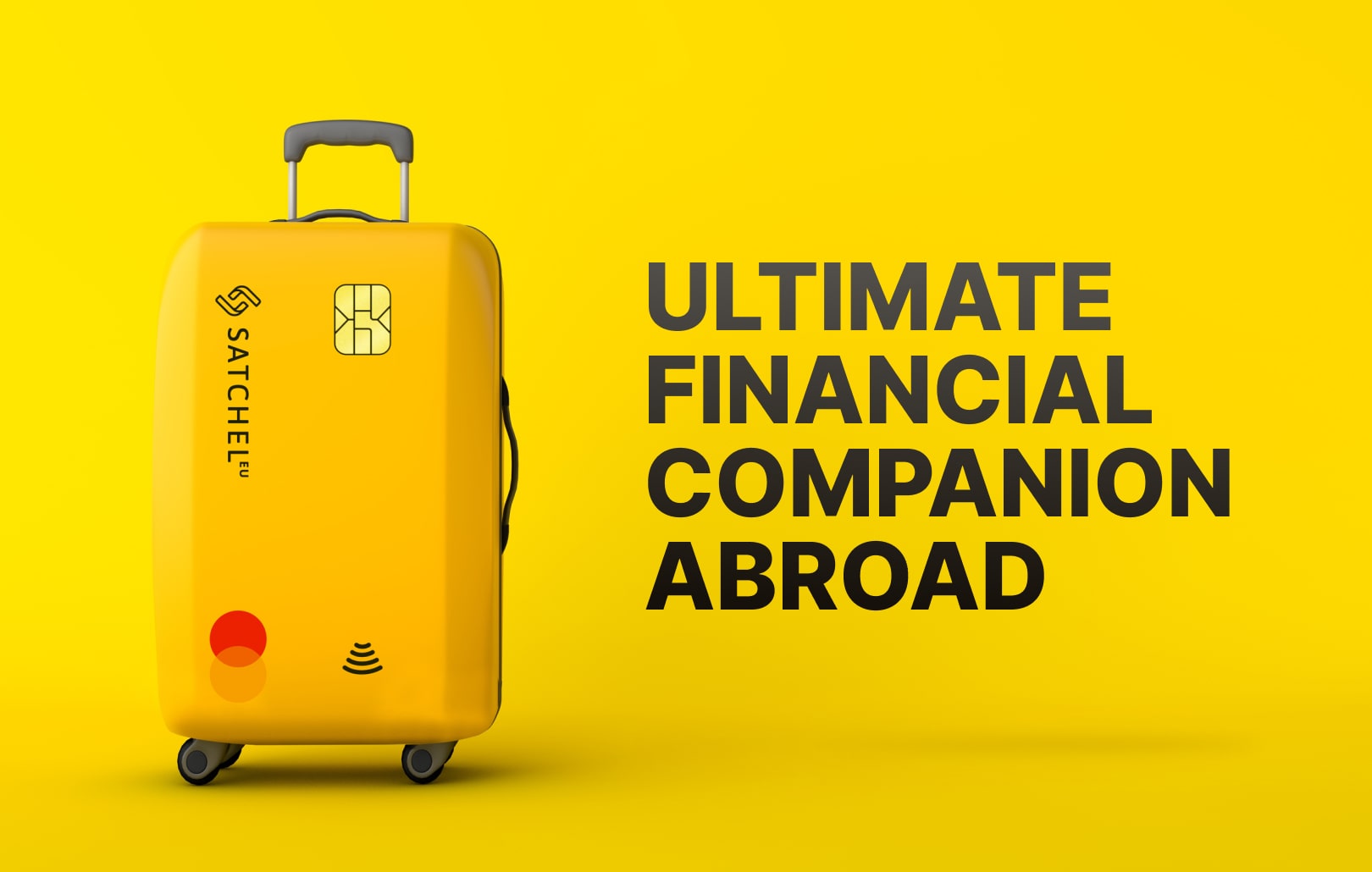All You Need to Know About International Money Transfers

According to the World Bank data, remittance flows reached about $589 billion in 2021, which is a 7.3% increase from 2020. But migrants and expats aren’t the only ones constantly using money transfer services. From businessmen to freelancers and frequent travelers, we all send money abroad for different purposes.
With a plethora of possible tools, banks, and providers, I challenge you to find a person who hasn’t (at least once in his lifetime) asked himself how to transfer money internationally. There are quite a few nuances to consider: exchange rates, transfer fees, timing, paperwork and so on. To give you a better idea, if you’re an EU resident, transferring money from one bank to another internationally could cost you from nothing to €30 and more, and could take from a couple seconds to a few days. Choosing the wisest option based on your transactional needs is simple. In this article, we’ll give you an insight into how to transfer money abroad in a smart, fast, and cost-efficient way.
All you need to know about sending money internationally, plus fees
As mentioned earlier, the age, occupation, and location of people who send money internationally vary a lot. You might be a business owner or client, needing to make a transaction to sell or purchase goods and services. You might also be an expat, who lives and works abroad and uses international wire transfers to send money back to your family. At last, you might simply be a frequent traveler, who transfers money to international bank accounts to pay for your Airbnb or car rental abroad. The reasons vary, but the end goal remains the same – to find the simplest, fastest, and cheapest way to get money from point A to point B.
All you need to know about sending money internationally and transfer fees
Your options will vary depending on where you and the recipient of your transfer are located, as well as the type of account/service you use to close the transaction. For instance, if both of you are located in the EU or the EFTA and have a current account with a bank or fintech service provider, the fastest and most cost-efficient way would be a wire transfer through the SEPA system. All you need to send a payment of this type is the IBAN and BIC of your beneficiary and some additional details and documents, depending on the size of the transfer. As simple as that. A SEPA Credit Transfer will arrive within one business day, while a SEPA Instant Credit Transfer would take less than ten seconds to reach the beneficiary. The icing on the cake is the cost of SEPA transfers – some banks and service providers won’t charge you anything, while with others you may incur a minimal cost (we’re talking about €2 – €5 on average). However, there is one big limitation: SEPA transfers are only executed in Euro. To learn more about SEPA benefits.
If you are located outside of the EU zone, your go-to option would be a SWIFT transfer. The SWIFT network connects over 11,000 financial organizations around the world and processes a daily average of 32M international money transfers. It is available in over 200 countries and territories, which makes it one of the most frequently used tools for money transfers in 38 currencies. The downsides of this method are the fees and speed of the transaction. The average cost of a SWIFT transfer ranges between €10 – €30, while the time for delivery is from 2 to 5 business days. If you are in no rush, this one looks like a solid and secure option. Learn more about SWIFT transfers and read a comparative analysis of SEPA and SWIFT transfers if you want to choose the best option for you.
Another important aspect to take into consideration if your transaction involves conversion, is the currency exchange rate. Again, the fees and rates vary from one institution to another, which is why the “compare and contrast” approach is absolutely essential. If the exchange fees seem excessively high to you, then they probably are; scan a few providers’ websites to understand the fees and commissions and choose the most reasonable option or learn more about money transfer apps.
Best ways to send money internationally in 2022
While traditional banking institutions remain a convenient option, fintech startups are disrupting the market of international money transfers, designing their solutions to fit any transactional needs. Fintechs provide a better, faster, and, frankly, more user-friendly service. From UI and UX to the quality of customer support and, what’s most important, lower transaction fees, fintech companies have reinvented money transfers for millions of users worldwide.
Satchel is a leading European EMI, with HQ in Lithuania, performing international money transfers, fintech consulting, currency exchange, BaaS, SaaS, and card services since 2018. We create flexible, secure and convenient money management solutions for private and corporate clients. With a private or corporate account with Satchel, you will gain access to a modern and robust payment infrastructure, supporting SEPA and SWIFT payments, as well as currency exchange at market-beating rates. We open accounts remotely, with minimal requirements, and give our users access to their client office both through our web platform and the Satchel app.
Sending money abroad has never been simpler or faster!





